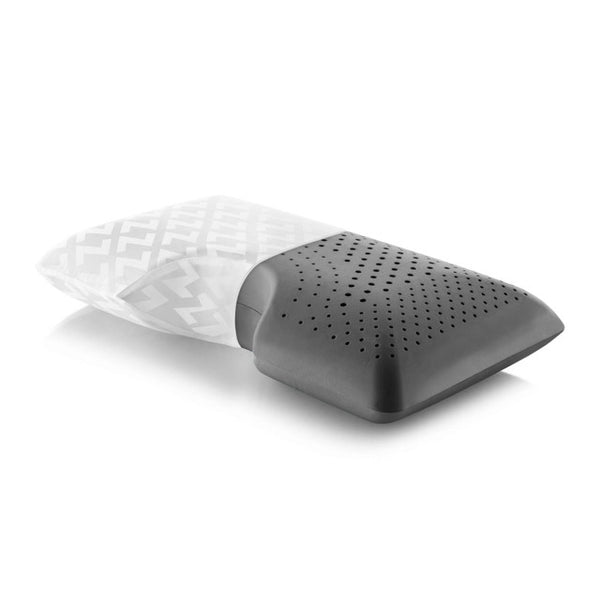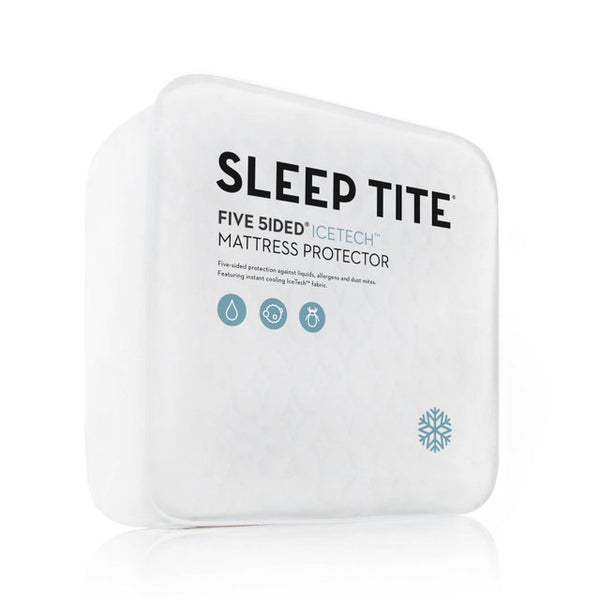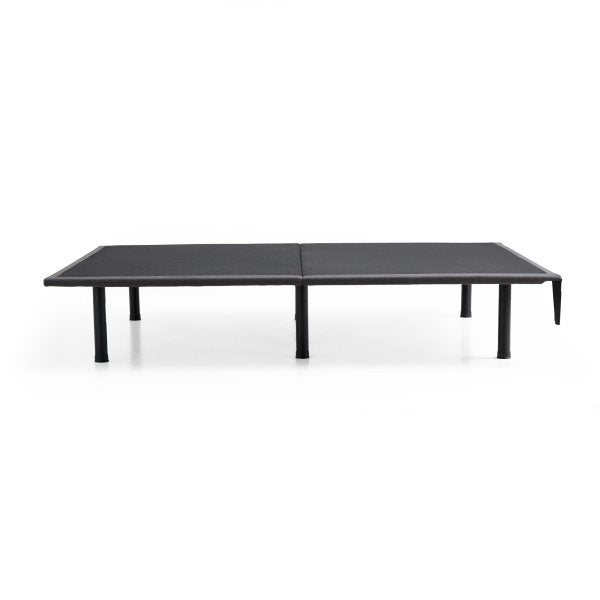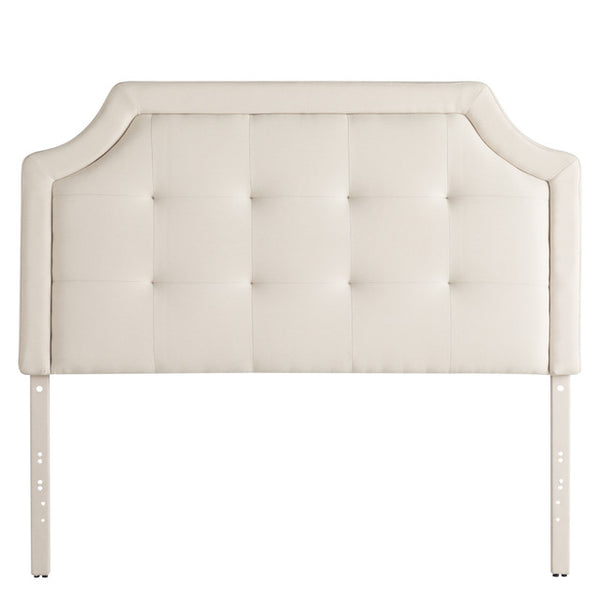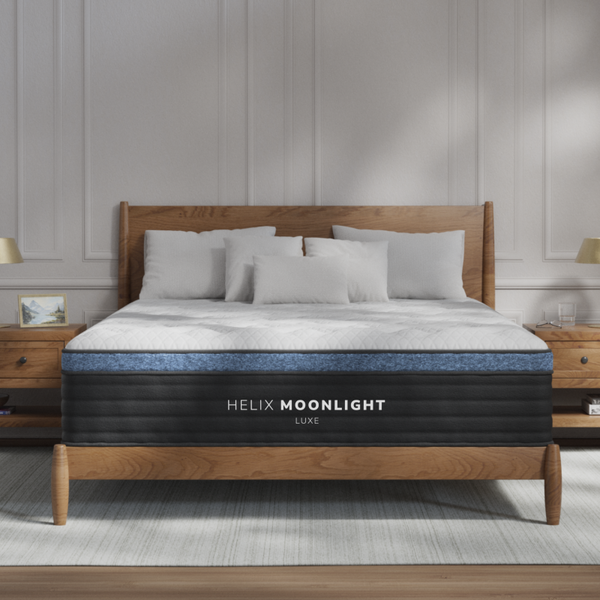
Frequently Asked Questions
1. How do seasonal changes affect sleep quality?
2. What can I do to reduce allergies in spring?
3. How can I stay cool while sleeping in summer?
4. What should I do to prepare my mattress for fall?
As the seasons shift, so do our sleeping habits and needs. The quality of our sleep can be significantly influenced by external factors like temperature, humidity, and even seasonal allergies. To ensure you wake up refreshed and ready to tackle your day, it’s crucial to understand how your mattress can affect your sleep quality throughout the year. This guide will explore the importance of seasonal sleep and how you can optimize your mattress for every season.
The Seasonal Sleep Cycle
The simple fact is that we all experience different challenges when it comes to sleep as the seasons change. Summer brings heat and humidity, while winter invites cold and dry air. These seasonal variations can affect how our bodies regulate temperature and how comfortable we feel in bed. Here’s a breakdown of seasonal sleep challenges and tips to address them.
Spring: Allergy Season
As flowers bloom and plants grow, springtime can often lead to increased allergy symptoms. This is where your mattress plays a critical role. Accumulated dust mites, pollen, and pet dander can lead to a restless night. Here's how to mitigate those springtime effects:
- Invest in Allergen-Resistant Bedding: Look for hypoallergenic mattresses and bedding to keep allergens at bay.
- Regular Cleaning: Wash your sheets and pillowcases weekly, and make sure to vacuum your mattress periodically.
- Humidity Control: Use a dehumidifier if you live in a humid area; it will also help you sleep more comfortably.
Summer: Beat the Heat
Summer can be a double-edged sword, offering long, bright days but also heat that can disrupt your sleep. When temperatures soar, consider the following:
- Moisture-Wicking Mattress Protectors: Utilizing breathable mattress protectors can help keep you cool and comfortable during hot nights.
- Incorporate a Cooling Mattress Topper: A gel-infused topper can help dissipate heat and prevent you from overheating.
- Optimal Room Temperature: Keep your bedroom at a cooler temperature. The ideal sleeping temperature is between 60-67°F (15-19°C).
Fall: Comfort and Coziness
As leaves change, the ambiance calls for warmth and comfort. Fall is the perfect time to prepare your mattress for the cooler nights ahead:
- Layering with Blankets: Add cozy blankets and flannel sheets to your sleeping arrangement to enjoy the season’s comfort.
- Choose a Medium-Firm Mattress: This type of mattress tends to offer good support and comfort while adapting to temperature changes.
- Prepare for Hibernation: Embrace the season’s cozy vibes by setting up your bedroom to feel inviting and warm.
Winter: Staying Warm
Winter conditions can lead to chilly nights that pose their own challenges for sleep quality. Here are some tips to keep warm while you sleep:
- Opt for Insulating Bedding: Choose thicker duvets and flannel sheets that trap heat and keep you warm.
- Electric Blankets: If you struggle with cold temperatures, consider an electric blanket for extra warmth before you sleep.
- Radiant Heat Sources: Utilize your home’s heating system wisely to create a cozy environment before bedtime.
Your Mattress: The Ultimate Seasonal Companion
While changing your bedding and controlling your room's temperature are crucial, don’t forget about the star of your sleeping setup: the mattress. The materials and technologies used in your mattress can greatly influence your comfort as the seasons change. Here's a look at different mattress materials and how they can help achieve better sleep throughout the year.
Memory Foam and Seasonal Sleep
Memory foam mattresses are popular for their ability to alleviate pressure points and provide a great night’s sleep. However, one downside of memory foam is its tendency to retain heat, especially during the summer months.
To adapt memory foam for seasonal changes, consider a mattress with a cooling gel layer or one that features open-cell structures, which allow for better airflow. Additionally, memory foam tends to get firmer in cooler temperatures, which can be a bonus during the winter months!
Latex Mattresses: Breathable and Supportive
Latex mattresses are naturally more breathable due to their open-cell structure, which makes them a great choice for year-round comfort. In the summer, latex helps wick away moisture and promotes better airflow. During the colder months, latex tends to maintain its shape and offer consistent support.
Moreover, latex is hypoallergenic, making it a fantastic choice for allergy sufferers during the spring season.
Innerspring Mattresses: Classic Comfort
Innerspring mattresses feature coils that provide excellent support and airflow. They are usually cooler during the summer months but may require additional layers for comfort during winter. Pairing an innerspring mattress with a good quality foam topper can allow you to enjoy the benefits of both support and comfort regardless of the season.
Adjustments for Your Sleep Environment
While it’s essential to consider your mattress, your entire sleep environment impacts your overall sleep quality. Let’s look at some additional elements that can help you achieve the perfect sleep sanctuary throughout the year.
Seasonal Sleep Accessories
From pillows to blankets, the right accessories can enhance your comfort during different seasons:
- Seasonal Pillows: Choose pillows according to your comfort preferences. For example, try cooling gel pillows in the summer and thicker, warmer down pillows in the winter.
- Breathable Sheets: In the summer, opt for breathable cotton or bamboo sheets that offer moisture control. In the winter, consider flannel or jersey-knit sheets for extra warmth.
- Seasonal Duvets: Switch between lighter summer duvets and heavier winter options to match the season’s temperatures.
Create Ambiance with Lighting
The right lighting plays a significant role in preparing your body for sleep. In the summer, you may enjoy lighter, brighter ambiance in the evenings, which can be calming. During fall and winter, consider dimming your lights to create a cozier atmosphere that guides you towards relaxation.
Regular Maintenance: Year-Round Importance
Maintaining your mattress is crucial for extending its lifespan and ensuring your sleep quality remains high throughout the seasons. Regular cleaning, rotating, and using a mattress protector can help keep your sleep environment safe and comfortable. Avoid exposing your mattress to prolonged moisture or direct sunlight and watch for any signs of wear and tear. This will help you identify when it may be time for an upgrade, ensuring that your sleep quality remains optimal.
Tailoring Your Sleep Routine
As seasons change, it’s important to adjust your sleep routine accordingly. Here are several strategies to help you sleep better throughout the year:
- Consistent Sleep Schedule: Regardless of the season, maintaining a regular sleep schedule is essential for good sleep hygiene. Try to go to bed and wake up at the same time every day.
- Limit Exposure to Blue Light: As the days shorten in the fall and winter, be mindful of your screen time as evening approaches. Limit blue light exposure for better sleep quality.
- Stay Active: Engaging in physical activity during the day can help regulate your sleep patterns. Consider outdoor activities in the summer and cozy indoor workouts during winter.
Making Your Sleep a Priority Year-Round
Seasonal sleep habits show us that our mattress needs may change throughout the year, but prioritizing your sleep should always remain a constant. By understanding how temperature and environmental factors affect your sleep, making seasonal adjustments, and choosing the right mattress, you can ensure you’re always getting the rest you need. With these tips, you can create a serene, inviting, and adaptable sleep environment that supports your well-being no matter the season. So, unwind, refresh, and embrace the beauty of restful sleep year-round!




